Windows 10 Generic Image / No Bloatware
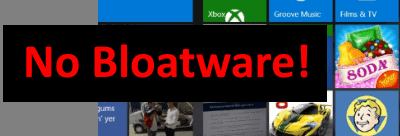

With the popularity of Modern Device Provisioning using Windows Autopilot or AirWatch, using a “Generic Image” (Microsoft OS without OEM added-value software added) as the baseline OS is a very common practice.
I have been asked multiple times if a generic image (ISO from Microsoft) contains any bloatware. – The short answer is NO. It is the OS version as published by Microsoft. Let me explain further.
Bloatware and Windows Bundled-Apps
Customers that have been getting the standard OEM loaded OS receives PC manufacturer specific trialware and other bundled software, commonly referred as bloatware.
By definition, bloatware is referred to any unwanted software included on a new computer or mobile device by the manufacturer. This could be trialware, utilities, adware, and such, which is not originally included in the Microsoft Operating System ISO file.
Microsoft changed the game a little, when they introduced “bundled-apps” into Windows 10 published OS. Although these apps were not introduced by the manufactures, many people have called these bloatware as well. They include:
| Apps that can be removed | Apps that can not be removed |
|---|---|
| 3D Builder
Alarms and Clock Bubble Witch 3 Saga Calculator Calendar and Mail Camera Candy Crush Soda Saga Get Office Get Skype Get Started Groove Music Maps
March of Empires Microsoft Solitaire Collection Minecraft Money Movies & TV News OneNote People Phone Companion Photos Royal Revolt Store Sports Voice Recorder Weather Xbox |
Contact Support
Cortana Windows Feedback Microsoft Edge |
Most OEMs have the capability to ship devices with the “Generic” Windows 10 ISO version. In Microsoft’s case:, for their Surface devices they call it Signature Edition. OEMs have different names.
Removing Bundled Apps
For obvious reasons, businesses and enterprises do not want to include these kinds of apps when they provide Windows PCs to their end-users.
There are two ways of removing (for those apps that can be removed) Microsoft’s pre-installed / bundled OS applications:
Both of these options can be called as part of the device provisioning process (either called via Intune, script or task sequence)
Screenshot of Freshly Installed Windows 10
Below is an screenshot of a freshly installed Windows 10 Pro created with the Win10 v1803 ISO – You can clearly see the “bundled apps” Microsoft has allowed.
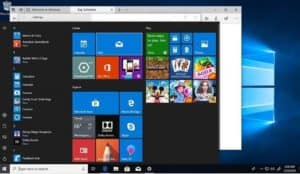
Hope this helps!
Please ping me on Twitter if you have any questions!
Accomplished Information Technology services professional with over 25 years of experience performing technical pre-sales, solution selling, public speaking / presentations, consulting, project delivery and program management. Over the past few years, Jorge has focused on customers solutions in the areas of: Artificial Intelligence, Generative AI, Workforce Transformation, End-User-Computing (EUC) Lifecycle Management, Modern Device Management, and Cybersecurity.
Additionally, Jorge is also an artist known for his whimsical doodle art and captivating fantasy stories. More on his creative side here
Disclaimer: I work for Dell Technology Services as a Workforce Transformation Solutions Principal. It is my passion to help guide organizations through the current technology transition specifically as it relates to Workforce Transformation. Visit Dell Technologies site for more information. Opinions are my own and not the views of my employer.
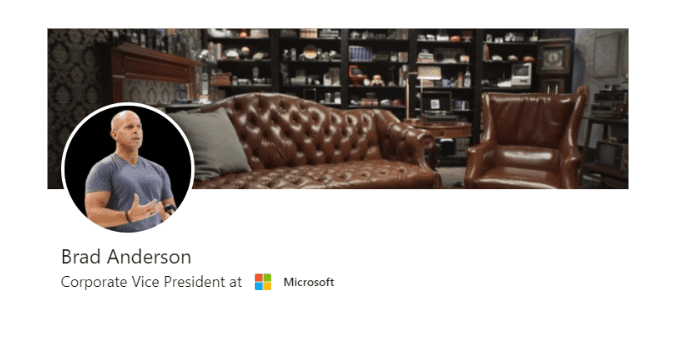
In a post on LinkedIn yesterday, Brad posted that after 17+ years at Microsoft he is leaving to to join Qualtrics as President of Product and Services. Brad Anderson was the Corporate Vice President of the Commercial Management Experiences team and in his 17 years at Microsoft he has been responsible for shaping the direction of…
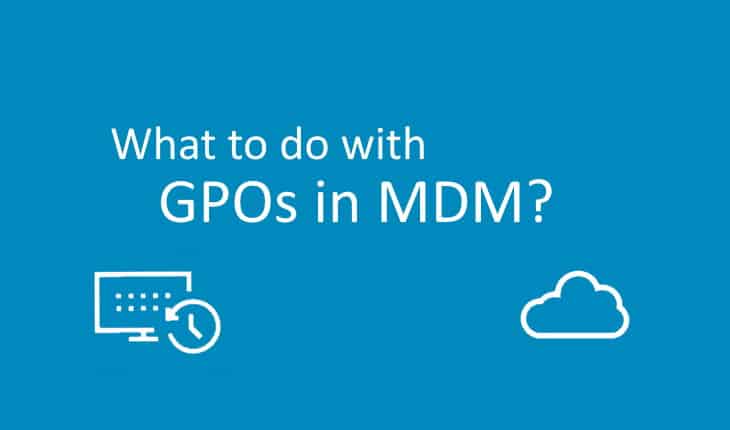
Transitioning from traditional Group Policy Objects (GPO) to Modern Device Management (MDM) Policies can be challenging. Some organizations have Group Policies that have been in place for over a decade and which may not be fully inventoried, or often understood. MDM do not have a 1-1 mapping for all legacy Group Policies. Microsoft created the…

During a client-call yesterday, once again, we heard the “very many challenges” that data centers have with all of the issues that come with the incredible and never-ending demand for application services within enterprises. A solution that’s well-tested and well-vetted for these ever-increasing demands for applications is the propping of virtual infrastrucutres. Nothing new here:…
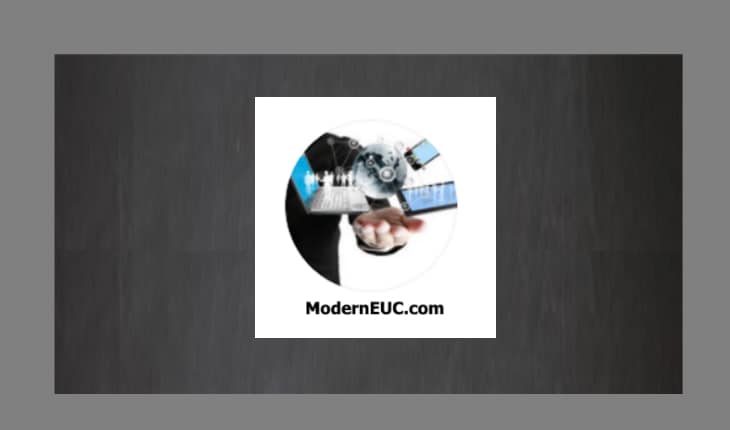
If you have not seen the latest (January 27, 2017) Microsoft Tech Summit video from Michael Niehaus you are missing a lot ! Enhance Windows 10 deployment: What’s new with Windows 10 deployment? It is a wealth of information on current releases but also lots of insights on best practices as well! One particular item…
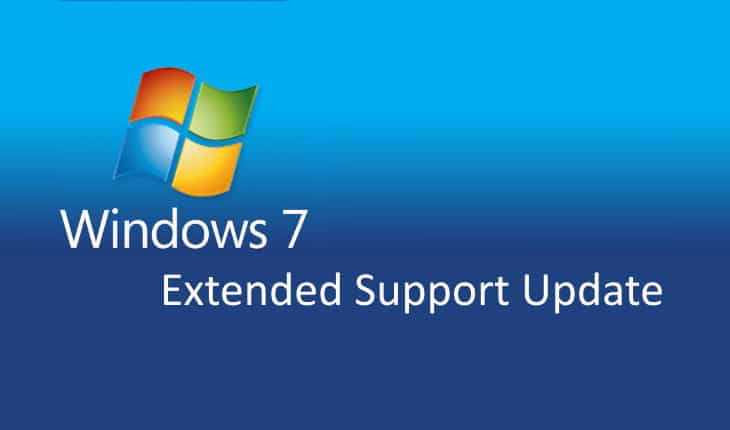
Previously available to larger companies with volume licensing agreements only, Microsoft announced that they are going to make Extended Security Updates available to businesses of any size. This is a very significant milestone to recognizing the fact that not all organizations will be able to move to Windows 10 by January 14, 2020. This is…

If you remember my post a couple of weeks ago, I talked about what I liked and disliked about my newly purchased Palm Pre. At the time, I mentioned the biggest challenge for me was the lack of available applications, and asked Palm, to open up the store to developers! I ran across the article…